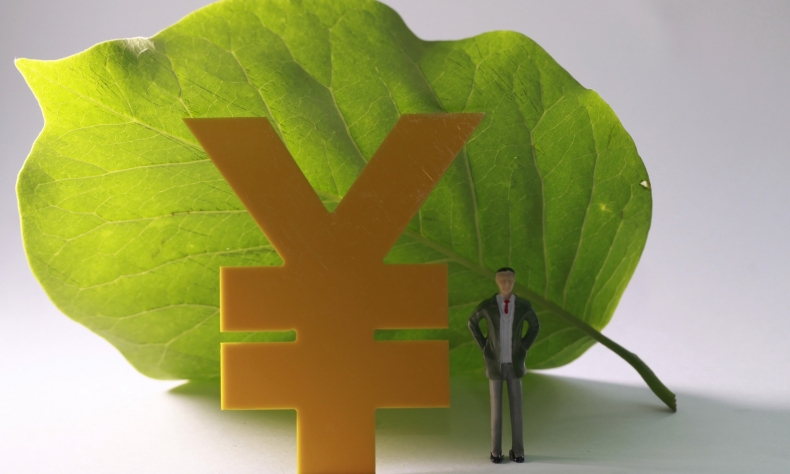More Active Involvement

China’s green financial development is expected to be a huge magnet for foreign investors.
Statistics from China’s central bank, the People’s Bank of China (PBC), reveal China’s strong position as a global leader in green finance. According to the PBC data, by the end of 2020, China was number one globally in terms of green loans and second in terms of green bonds. The PBC data also showed the balance of China’s loans in the green energy sector had surpassed the combined balance of loans in the three high energy-consuming industries of iron and steel, coal, and nonferrous metals, a signifier that green finance in China is booming.
It is less than five years since the proposal to develop green credit, green securities, green development funds, and green insurance was put forward, and seven government organizations, including the PBC, jointly issued guidelines for the development of green finance in China. Today, China’s green loans and green bonds are already popular among the rest of the world, demonstrating the Chinese market’s enthusiasm for embracing green development.
However, a number of key measures indicate green finance in China is still at its nascent stage, with great potential for further development.
First, at the end of 2020, green loans accounted for only 6.9 percent of China’s total loan balance; second, according to the Asset Management Association of China, China is now home to 580 green funds, the major provider of green bonds, but these funds make up less than 2 percent of China’s total number of registered funds; third, statistics from the PBC and the National Development and Reform Commission show that by 2030, demand for carbon neutrality will see the value of green and low-carbon investments reach hundreds of trillions of yuan, but currently, the combined financial support from green loans and green bonds is still lagging far behind. Nevertheless, this shortfall in China’s domestic green finance offers huge opportunities for international capital to play a bigger role in China’s green finance initiatives.
Two factors are responsible for China’s enthusiastic embrace of green finance. First, during the 2015 Paris Climate Conference, Chinese President Xi Jinping made a commitment that China’s carbon dioxide emissions would peak around 2030, and sooner if possible. Green development is now a guiding principle for China’s economic and social development, and this green development is supported mainly by green finance. Second, high-quality economic growth is a set goal for China’s economic development, and green development is seen as a core method of driving this high-quality growth.
If these two objectives are to be met, China’s energy mix and industrial structures are in urgent need of a shake-up. New energy, and the transformation of conventional fossil-fuel industries are thirsty for capital, and this is the driving force behind the development of green finance in China.
Thanks to China’s open stance toward green investment, both domestic and foreign capital equally enjoy a fair competition environment, and a string of policies.
The main reason for the current little participation by foreign banks in China’s green finance sector is the limited knowledge foreign banks possess of China’s green bond standards and of the climate change-related information that has currently been disclosed. At present, the PBC is working with the European Union to create a common green finance standard, which is expected to greatly increase transnational investments and coordination in the green finance market. The PBC is also making efforts to improve financial institutions’ information disclosure on climate and the environment.
When foreign banks enter China’s green financial market, they will not only earn profits here, but will help to provide green financial services to China-based businesses from their own countries, and help Chinese businesses to issue bonds in overseas markets.
Despite shocks induced by COVID-19, countries around the world still regard the effort to mitigate climate change as a long-term mission, and China is no exception. Xi reiterated at the 75th United Nations General Assembly that China’s carbon dioxide emissions are to peak before 2030, and added that China will reach the goal of carbon neutrality before 2060. In this context, China’s green financial development is expected to be a huge magnet for foreign investors.
 Facebook
Facebook
 Twitter
Twitter
 Linkedin
Linkedin
 Google +
Google +










